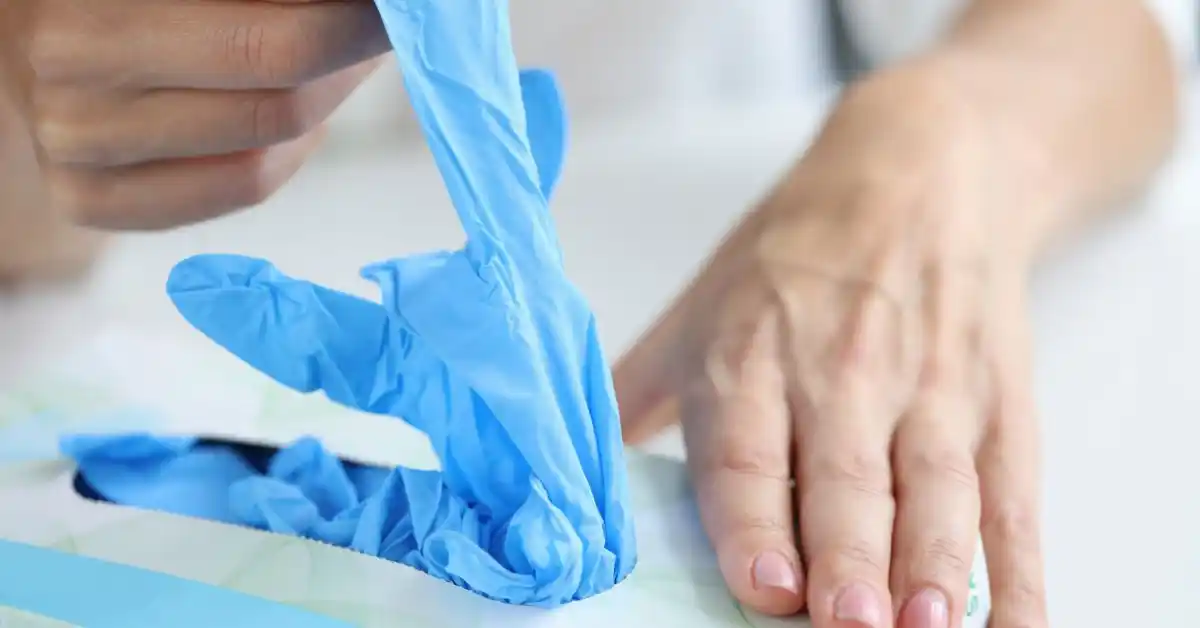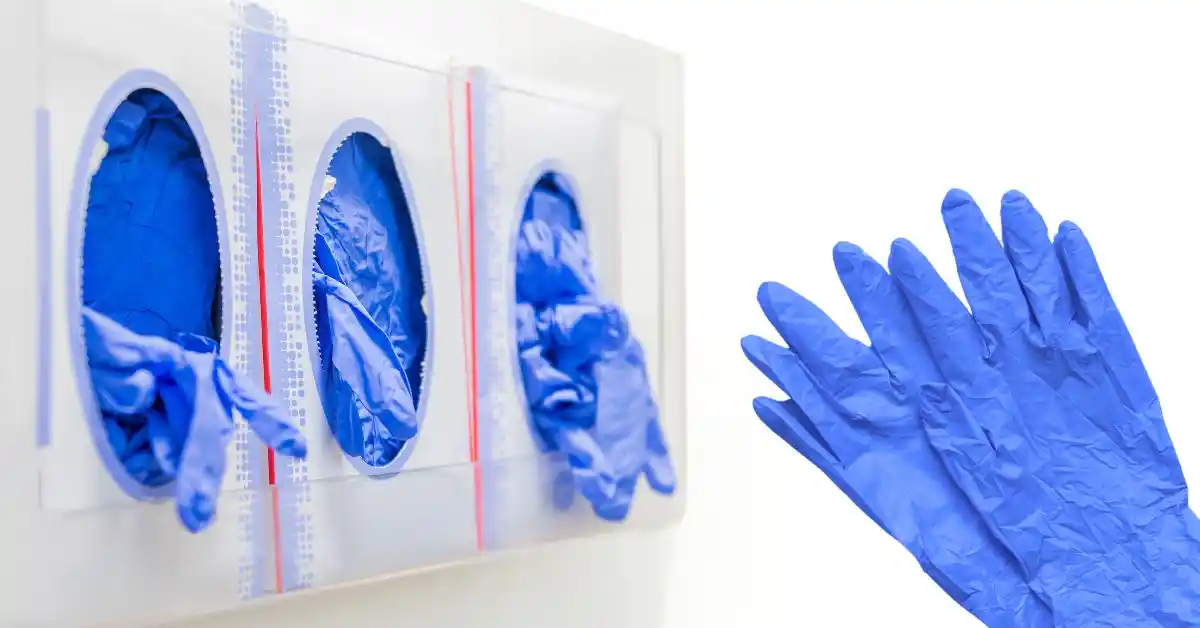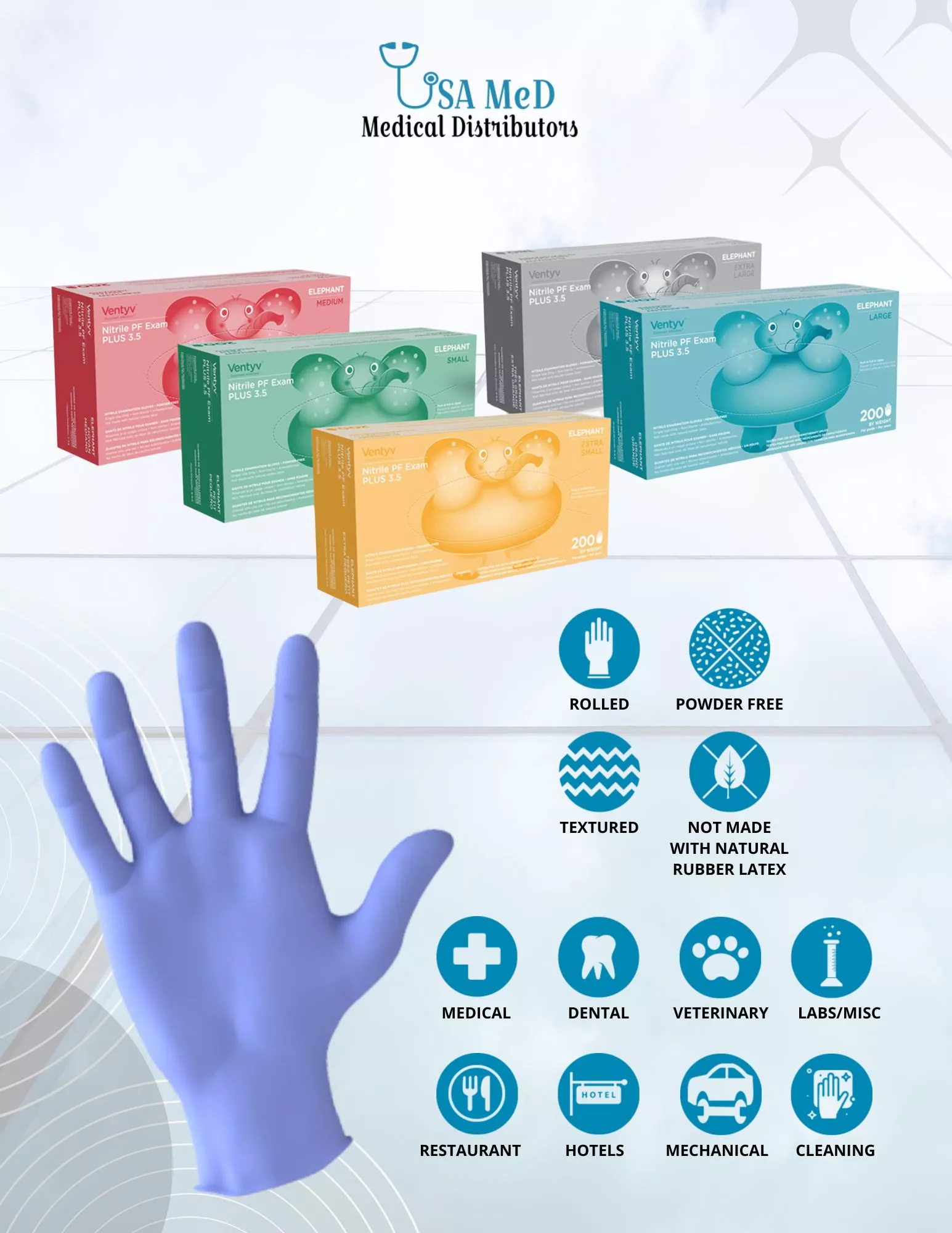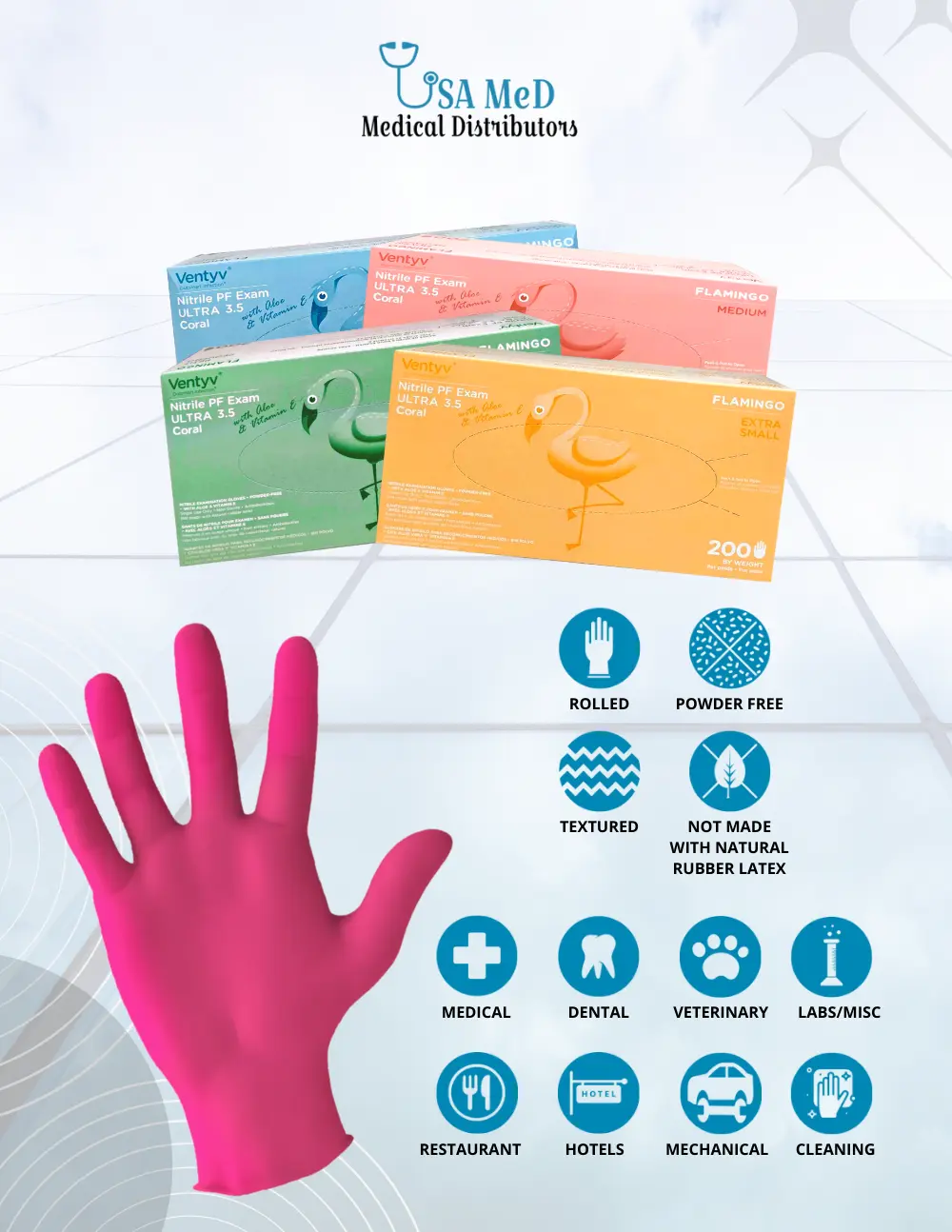
The Essential Guide to Healthcare Gloves: Types, Uses, and Best Practices
Introduction: Why Healthcare Gloves are Crucial in Medical Settings In medical settings, healthcare gloves play a pivotal role in ensuring the safety and well-being of


In medical settings, healthcare gloves play a pivotal role in ensuring the safety and well-being of both patients and healthcare professionals. The importance of gloves in healthcare cannot be overstated. They serve as a critical barrier against the transmission of infections and contaminants.
Healthcare gloves are designed to protect against exposure to blood, bodily fluids, and other potentially infectious materials during medical procedures. This protective measure is crucial for safeguarding patients’ health and reducing the risk of cross-contamination in clinical settings. It serves to maintain a safe and hygienic environment within healthcare facilities.
Moreover, using appropriate gloves helps maintain a sterile environment, which is crucial during surgeries or invasive procedures. Different types of gloves are available, including latex, nitrile, and vinyl options. Each gloves are suited for specific applications based on their properties such as durability and sensitivity. Understanding the importance of these gloves ensures that healthcare professionals can provide safe and effective care while adhering to best practices in infection control.
Healthcare gloves play a crucial role in infection prevention and control within medical settings. By providing a barrier between healthcare professionals and patients, these gloves are essential for preventing cross-contamination. When used correctly, they significantly reduce the risk of transmitting pathogens during patient care procedures.
However, it is important to understand that the effectiveness of gloves is maximized when combined with proper hand hygiene practices. Before donning gloves, healthcare workers should thoroughly wash their hands to eliminate any existing contaminants. Additionally, after removing gloves, hand hygiene must be performed again to ensure that any residual pathogens are eliminated.
Integrating gloves and hand hygiene daily creates a safer healthcare environment for all. This combined approach enhances infection control measures and promotes overall health and well-being within healthcare settings. This dual approach not only enhances infection control measures but also contributes to better overall health outcomes in medical facilities.
When it comes to gloves, understanding the different types available is crucial for ensuring safety and compliance in medical settings. The three primary types of healthcare gloves are latex gloves, nitrile gloves, and vinyl gloves, each with its unique properties and use cases.
Latex gloves are made from natural rubber latex and offer excellent elasticity and comfort. They provide a high level of tactile sensitivity, making them ideal for procedures requiring precision. However, they can cause allergic reactions in some individuals.
Nitrile gloves are a synthetic alternative to latex, known for their durability and resistance to punctures and chemicals. They are ideal for latex allergies and commonly used in high-risk settings for their durability.
Vinyl gloves are made from polyvinyl chloride (PVC) and are typically less expensive than latex or nitrile options. While they offer basic protection for low-risk tasks such as food handling or light cleaning, they do not provide the same level of barrier protection as nitrile or latex.
Another important consideration is the distinction between disposable gloves versus reusable gloves. Disposable gloves are meant for one-time use to avoid cross-contamination. Reusable gloves can be washed and sterilized for multiple uses. However, they may not offer the same pathogen protection.
Additionally, healthcare professionals must choose between sterile vs non-sterile gloves based on the procedure being performed. Sterile gloves are essential during surgical procedures or when working with open wounds to prevent infections, whereas non-sterile options may suffice for routine examinations or low-risk tasks.
In conclusion, healthcare gloves are an indispensable component of infection prevention and control in medical settings, serving as a vital barrier that protects both patients and healthcare professionals from the transmission of pathogens. Healthcare providers can improve safety by knowing the uses of latex, nitrile, and vinyl gloves. Pairing these gloves with thorough hand hygiene helps reduce cross-contamination. Ultimately, prioritizing the appropriate use of gloves not only safeguards individual health but also contributes to improved outcomes within clinical environments. As we continue to navigate challenges in infection control, it is essential for all healthcare workers to remain vigilant and committed to best practices that uphold patient safety and well-being.

Introduction: Why Healthcare Gloves are Crucial in Medical Settings In medical settings, healthcare gloves play a pivotal role in ensuring the safety and well-being of

Common Applications of Nitrile Gloves in Various Laboratory Environments Nitrile gloves have become a staple in laboratory environments due to their durability, chemical resistance, and

Factors Influencing the Reusability of Disposable Gloves When it comes to the reusability of disposable gloves, several factors come into play that can significantly impact

The Science Behind Glove Expiration: What Happens Over Time? Understanding the science behind glove expiration is crucial for anyone who relies on them, whether in

The Importance of Knowing Expiration Dates for Medical Gloves Understanding the expiration dates of medical gloves is crucial for ensuring safety and efficacy in healthcare
Driven by a passion for excellence, our mission is to consistently deliver the highest quality products at the most affordable prices. We aim to exceed customer expectations, creating value and trust.


Phone Number: (239) 266 -1290
Email Addresses:
sales@usamedicaldistributors.com
customercare@usamedicaldistributors.com
Mailing Address :
501 Goodlette, Frank Rd N A105, Naples, FL 34102
Copyright 2022 – 2024. USAMED Medical Distributors. All rights reserved.
Privacy Policy | Return and Refund Policy
| Website by M. Escober